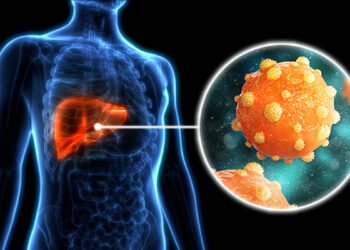Dementia is not a single disease, but a general term that describes a decline in cognitive function—especially when it’s severe enough to interfere with daily life and independence. It affects memory, thinking, reasoning, communication, and behavior. While aging is a risk factor, dementia is not a normal part of aging.
Common Types of Dementia
-
Alzheimer’s Disease – The most common form, accounting for 60–80% of cases.
-
Vascular Dementia – Often occurs after strokes or reduced blood flow to the brain.
-
Lewy Body Dementia – Involves hallucinations and Parkinson-like symptoms.
-
Frontotemporal Dementia (FTD) – Affects personality, judgment, and language first.
-
Mixed Dementia – A combination of multiple types, common in older adults.

Why Dementia Hides in Plain Sight
Early signs of dementia often mimic normal aging, depression, or stress. A forgotten name here, a wrong turn there—it’s easy to overlook or explain away.
Contributing Factors:
-
Normalization of forgetfulness: Especially among older adults, memory slips are brushed off.
-
Compensation strategies: People often develop clever ways to hide deficits.
-
Lack of awareness: Even primary care physicians may miss early signs without specific testing.
ALSO READ: Heart Attack and Immediate Response: The Lifesaving Power of CPR and AED
The Science Behind Early Detection
Recent brain research shows that dementia-related changes begin 10–20 years before cognitive symptoms become obvious.
Notable Findings:
-
Amyloid plaques and tau tangles, which are hallmarks of Alzheimer’s, begin forming silently.
-
Neuroimaging can detect early shrinkage in the hippocampus, a brain area linked to memory.
-
Cognitive testing and digital tools now allow for earlier tracking of decline in brain function.
Clinical trials such as the A4 Study and DIAN (Dominantly Inherited Alzheimer Network) are focused on prevention and early intervention in at-risk individuals.













